Lantian Ape Man Ruins: A Glimpse into China’s Prehistoric Past
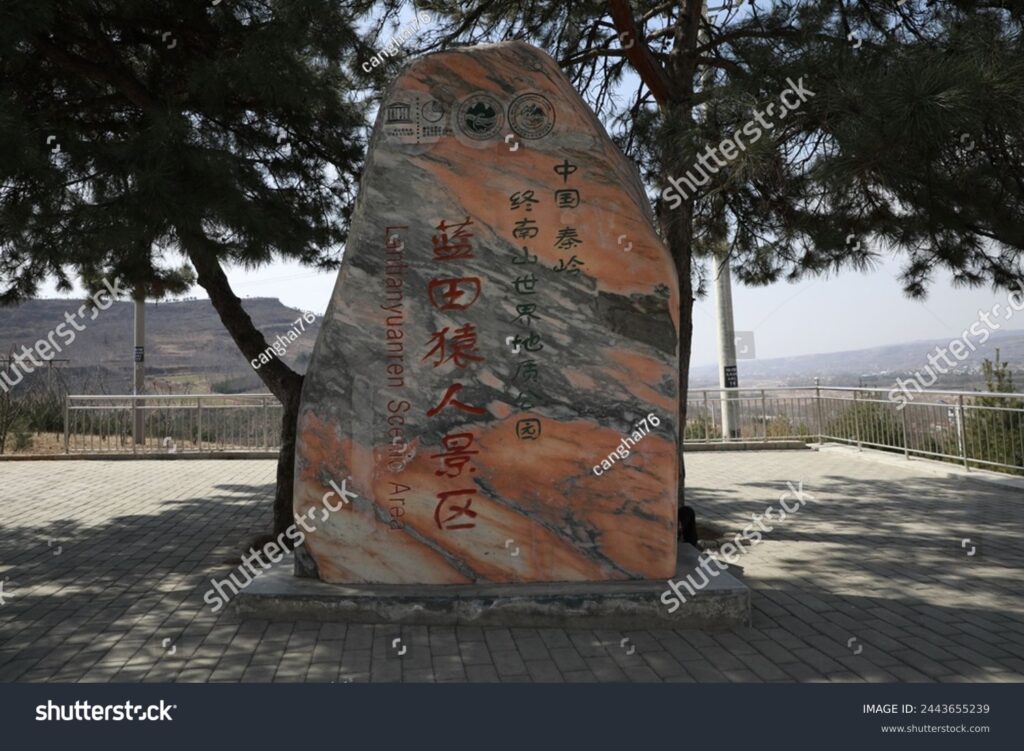
An Essential Guide to Visiting Lantian Ape Man Ruins
In This Guide
- An Essential Guide to Visiting Lantian Ape Man Ruins
- The Rich History and Legends of Lantian Ape Man Ruins
- Main Highlights: What You Absolutely Can’t Miss
- Planning Your Visit: A Practical Guide
- Tickets: Prices, Booking, and Tips
- How to Get There: A Complete Transportation Guide
- Local Cuisine and Accommodation Nearby
- Frequently Asked Questions
- Final Thoughts on Your Trip
Nestled in the scenic landscapes of Shaanxi Province, the Lantian Ape Man Ruins beckon history enthusiasts and curious travelers alike to explore a remarkable chapter of human evolution. This archaeological site, known for its significant discoveries dating back 1.15 million years, serves as a vital window into the lives of early hominins in northern Asia. Here, visitors can engage not only with the remnants of ancient human ancestors but also with the broader narrative of humanity’s journey.
In 1964, the discovery of a well-preserved skull belonging to a female individual—dubbed “Lantian Man”—revolutionized our understanding of early human life in this region. These findings have placed Lantian at the forefront of Chinese paleolithic studies, showcasing the area as a cradle of ancient culture and civilization. As the oldest known Homo erectus in northern Asia, Lantian Man connects us to our distant past, revealing a time when our ancestors roamed the earth, forging tools and adapting to their surroundings.
Visitors to the Lantian Ape Man Ruins are in for an enlightening experience, as the site not only highlights the archaeological significance of the remains but also illuminates the rich cultural heritage of the Yellow River Basin. The ruins are surrounded by picturesque landscapes, making it an ideal spot for both contemplation and exploration.
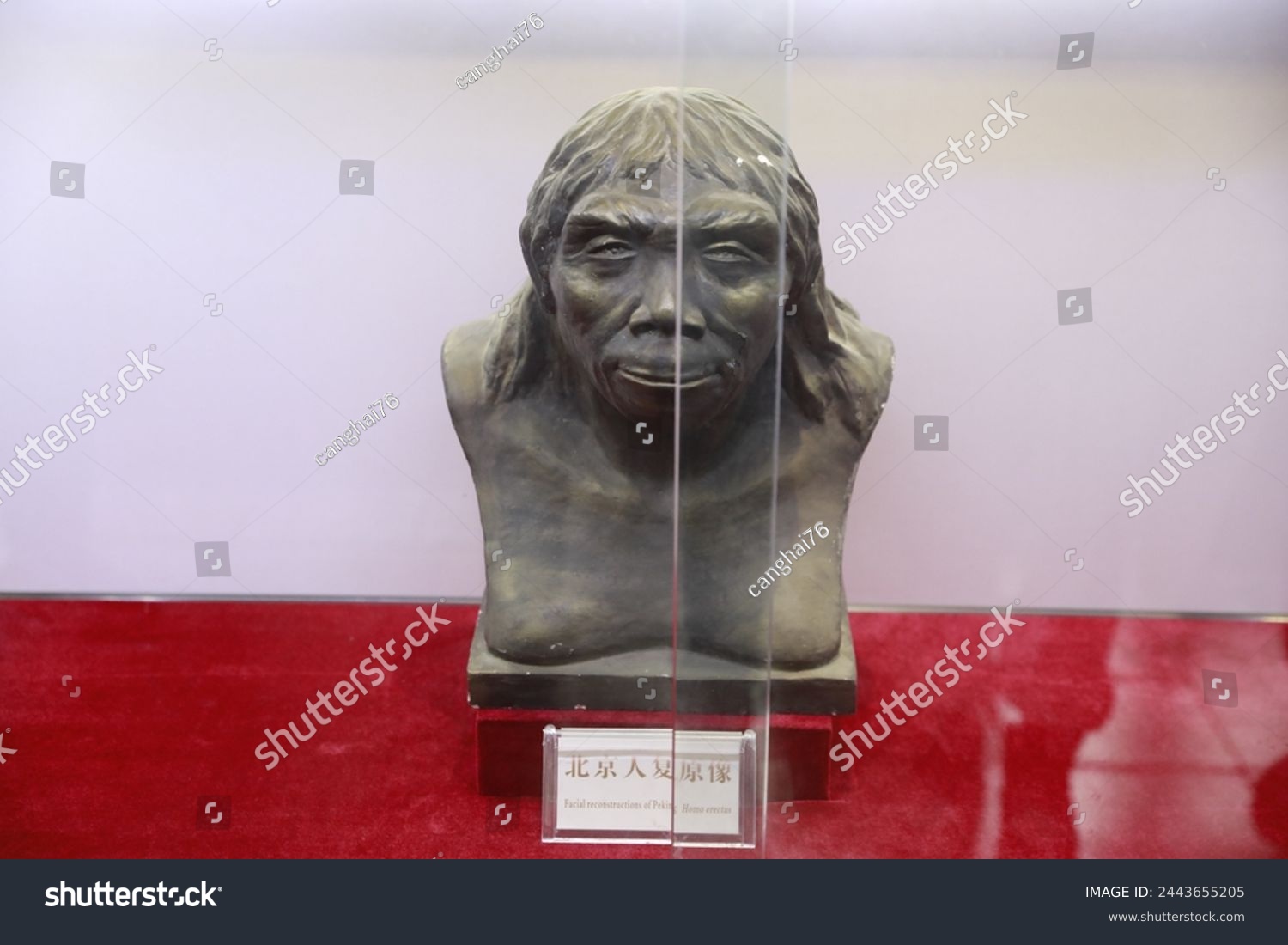
Lantian_Ape_Man_Ruins.
Whether you are a seasoned traveler, a history buff, or simply eager to experience the wonders of ancient China, the Lantian Ape Man Ruins promise a captivating journey through time, where the echoes of our ancestors resonate amidst the tranquil beauty of Shaanxi. Prepare to step back in time and walk the paths once trodden by those who came before us.
The Rich History and Legends of Lantian Ape Man Ruins
Nestled in the verdant hills of Shaanxi Province, the Lantian Ape Man Ruins stand as a testament to humanity’s ancient past. This archaeological site, discovered in the 1960s, offers a fascinating glimpse into the lives of early hominins who roamed the region over a million years ago.
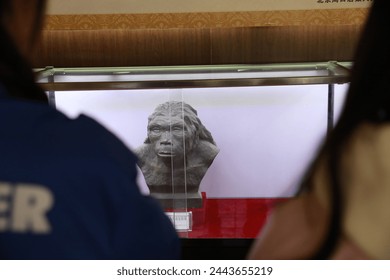
Lantian_Ape_Man_Ruins.
The Discovery of Lantian Man
On November 3, 1964, the world of archaeology was forever changed when a team from the Chinese Academy of Sciences unveiled a remarkably well-preserved female skull fossil, dubbed “Lantian Man” (藍田人). Unearthed from the Gongwangling strata of Lantian County, this fossil is believed to date back approximately 1.63 to 1.15 million years, placing it among the earliest known examples of Homo erectus in northern Asia.
The skull revealed intriguing features that suggested Lantian Man was more primitive than other early human ancestors, like the famous Peking Man from Zhoukoudian. The discovery not only expanded the geographical understanding of early human habitation in Asia but also provided crucial insights into the evolution of ancient cultures in the Yellow River Basin.
Life in the Paleolithic Era
The environment of Lantian during the Early Middle Pleistocene was rich in fauna, which Lantian Man likely hunted and gathered. Archaeological findings from the site include various stone tools used for cooking and defense, showcasing the ingenuity and survival skills of our ancestors. These tools, along with the skull, emphasize the sophisticated lifestyle of Lantian Man, who lived in a time when survival depended heavily on resourcefulness and adaptability.
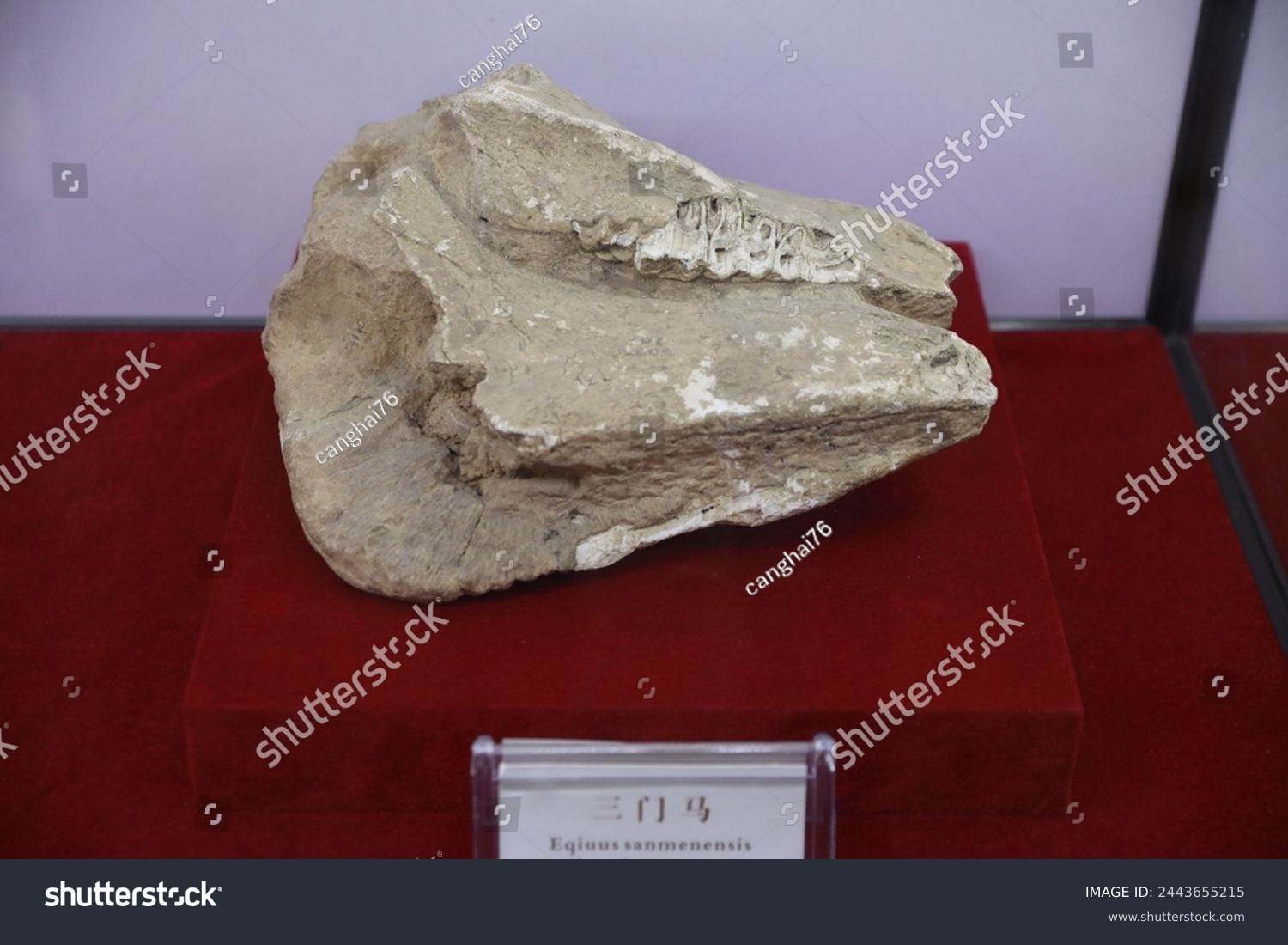
Lantian_Ape_Man_Ruins.
Cultural Significance and Legacy
The Lantian Ape Man Ruins encapsulate not only the physical remnants of early human life but also the cultural heritage of the region. The site has become integral to understanding the evolutionary journey of humanity in Asia and the development of early societies. Visitors can explore models and exhibits that depict the living conditions and societal structures of prehistoric communities, including those from the later Yangshao and Longshan cultures.
Legends and Folklore
While scientific discovery provides a clear view of the past, local legends add a layer of mystique to the Lantian Ape Man narrative. Tales of ancient spirits and the “guardians” of the mountains often surround discussions of the ruins, with stories passed down through generations. These legends speak of the Lantian Ape Man as a protector of the land, embodying the connection between humanity and nature that was deeply rooted in early societies.
One particularly enchanting story tells of a great flood that threatened to wash away the early tribes of the region. According to folklore, Lantian Man, endowed with profound wisdom and strength, led the people to higher ground, ensuring their survival and the continuation of their lineage. This legend underscores the reverence that locals hold for the site and its historical significance.

Lantian_Ape_Man_Ruins.
Visiting the Ruins
Today, the Lantian Ape Man Ruins attract international travelers eager to immerse themselves in the ancient history and culture of China. The site is accessible from Xi’an, making it a perfect day trip for those exploring the rich tapestry of Chinese civilization. Alongside the ruins, visitors can explore the Shaanxi History Museum, where the rehabilitated skull of Lantian Man is displayed, further enriching the narrative of this remarkable find.
In summary, the Lantian Ape Man Ruins are more than just an archaeological site; they are a gateway into the distant past, revealing the complexities of early human life and the legends that continue to inspire awe and curiosity. Whether you’re a history buff, a cultural enthusiast, or a curious traveler, the allure of Lantian awaits you.
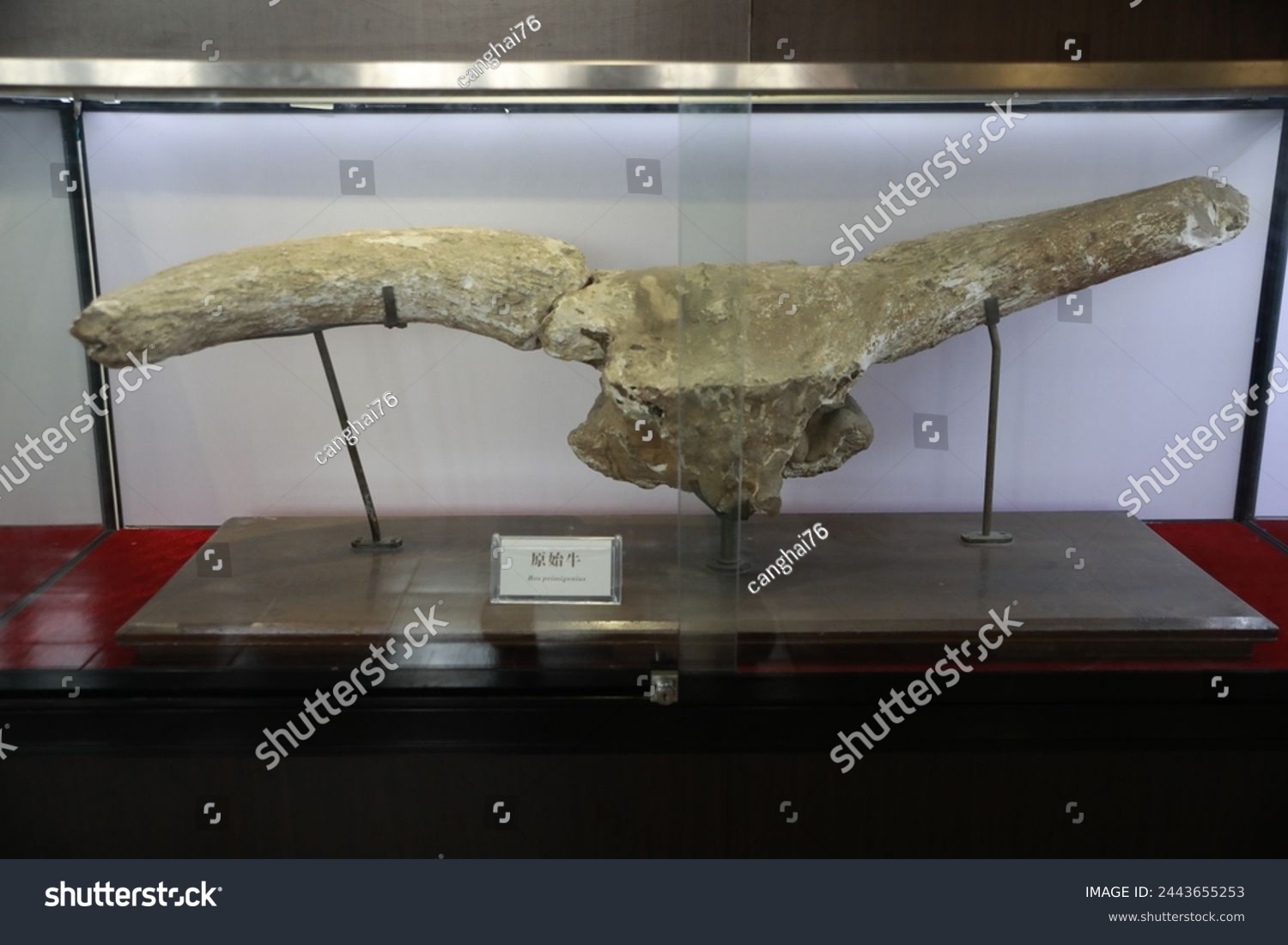
Lantian_Ape_Man_Ruins.
Main Highlights: What You Absolutely Can’t Miss
Discover the Lantian Ape Man Ruins: A Journey Through Time
Visiting the Lantian Ape Man Ruins (蓝田猿人遗址) in Shaanxi Province is a unique opportunity to step back into the depths of human history. This site not only showcases the remarkable fossil remains of ancient Homo erectus but also tells the story of early human life in China. Here are the main highlights you absolutely can’t miss during your exploration:
1. The Lantian Man Fossil
One of the most significant attractions at the Lantian Ape Man Ruins is the well-preserved skull of the Lantian Man, discovered in 1964. This female fossil, estimated to be over one million years old, provides vital insights into early hominid life. The skull exhibits primitive characteristics that link it to other notable ancient human species, such as Zhoukoudian Peking Man and Java Man. Observing this fossil is an awe-inspiring experience, connecting you to the earliest chapters of humanity.
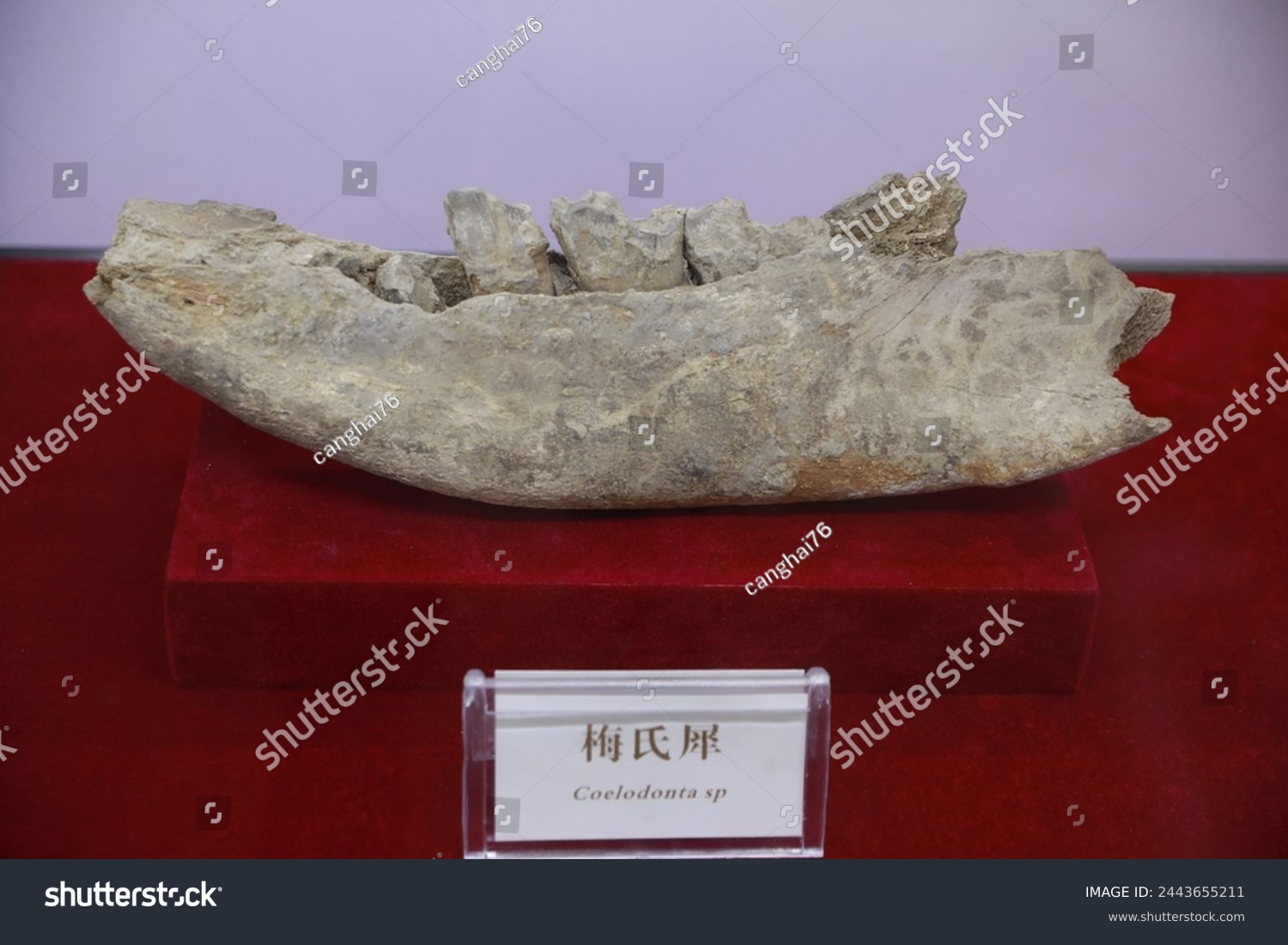
Lantian_Ape_Man_Ruins.
2. Gongwangling Archaeological Site
Explore the Gongwangling site where the Lantian Man was unearthed. This area is rich with archaeological significance, dating back to the Early Middle Pleistocene epoch (approximately 1.63 to 1.15 million years ago). As you walk through this historical landscape, you can appreciate the geological and environmental conditions that shaped early human existence in this region.
3. Prehistoric Artifacts
The site features an impressive collection of stone tools believed to have been used by the Lantian Man for daily activities such as cooking and hunting. These artifacts provide a glimpse into the ingenuity and adaptability of early humans. Take the time to examine these tools, as they represent the evolution of technology and culture over millennia.
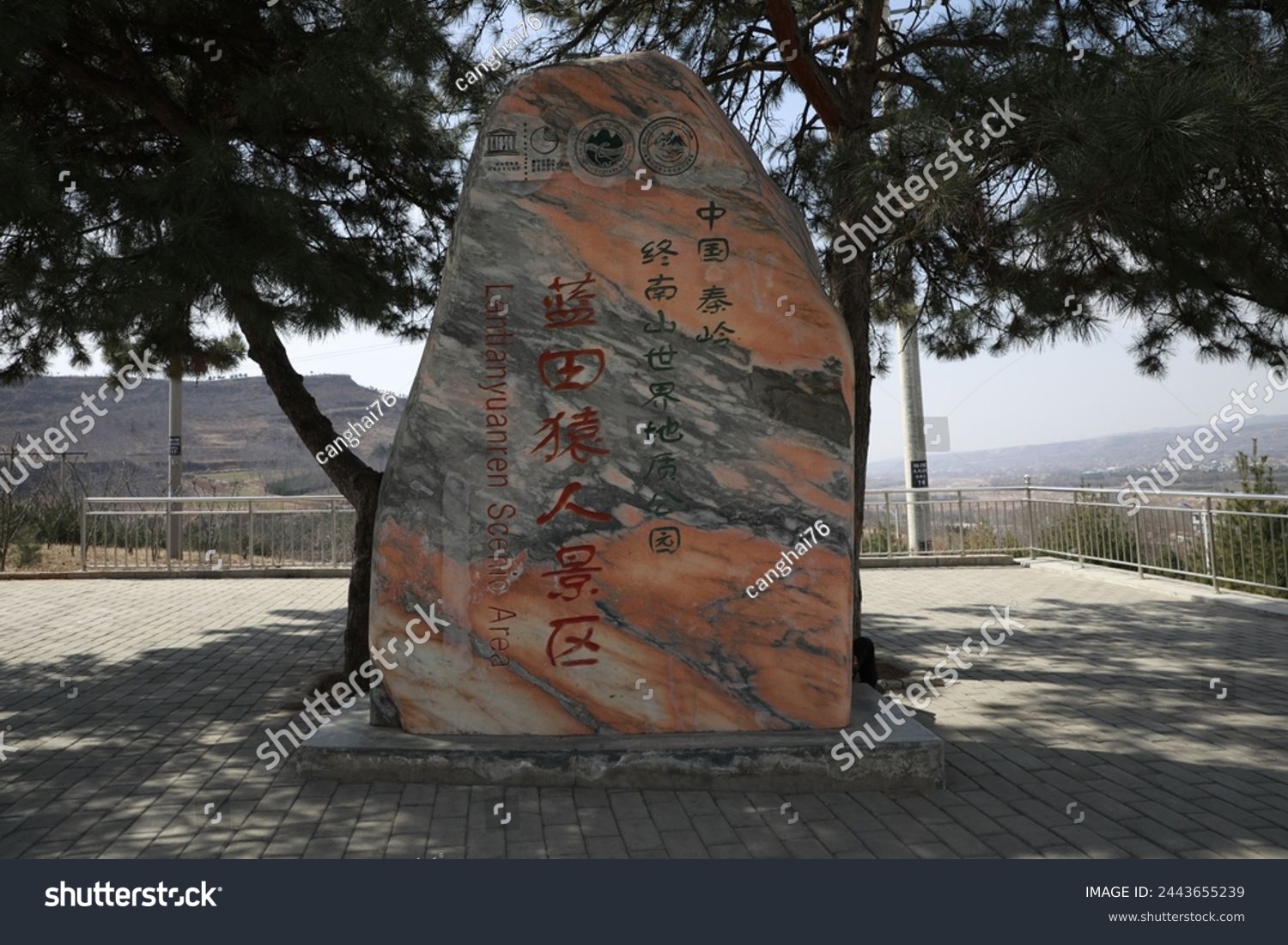
Lantian_Ape_Man_Ruins.
4. Reconstructed Community Models
For a more immersive experience, check out the reconstructed models of ancient communities that thrived during the Yangshao and Longshan cultural periods. These displays depict the living conditions, social structures, and daily life of prehistoric people. The Yangshao culture, known for its matrilineal society, and the Longshan culture, which marked a shift towards patriarchal structures, are intricately represented through various artifacts, including pottery and tools.
5. The Shaanxi History Museum
While in the region, don’t miss the opportunity to visit the nearby Shaanxi History Museum. This grand museum houses a wealth of artifacts related to Lantian Man and other prehistoric cultures. With over 113,000 relics spanning one million years of history, you can delve deeper into the evolution of civilizations in Shaanxi Province and understand the broader context of Chinese history.
6. Scenic Surroundings
The Lantian area is not just rich in history; it also boasts stunning natural landscapes. The site is located near the picturesque Loess Plateau, characterized by its unique topography and natural beauty. Take a moment to enjoy the serene surroundings, which offer a breathtaking backdrop to your historical exploration.
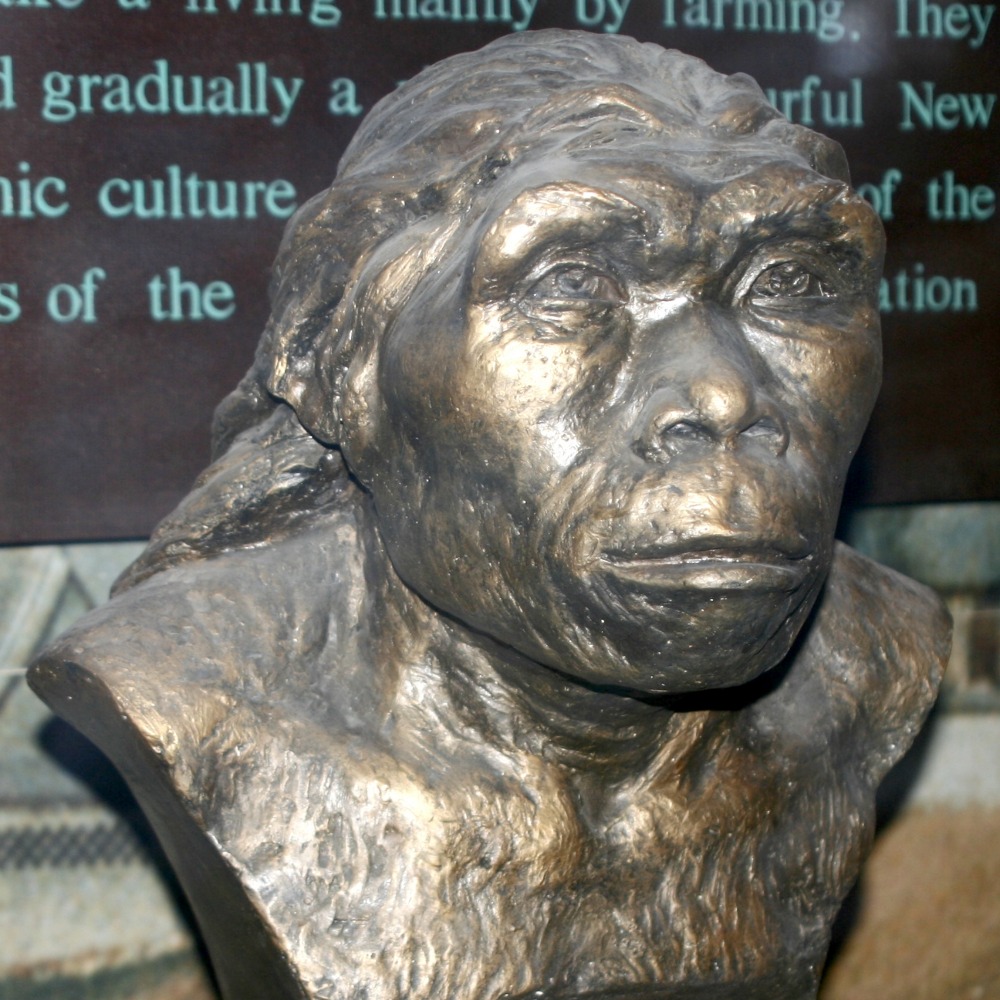
Lantian_Ape_Man_Ruins.
Final Thoughts
A visit to the Lantian Ape Man Ruins is not just a journey into the past; it’s a chance to connect with the roots of humanity. This site, with its remarkable fossils and archaeological significance, is a must-see for any traveler interested in Chinese history and culture. Make sure to allocate enough time to fully absorb the wonders of this ancient site and the stories it holds.
Planning Your Visit: A Practical Guide
Your Essential Guide to Visiting the Lantian Ape Man Ruins
Discover the ancient past of humanity at the Lantian Ape Man Ruins, a significant archaeological site located in Lantian County, Shaanxi Province. Uncover the mysteries of the early Homo erectus known as “Lantian Man,” and immerse yourself in over a million years of history. To ensure a seamless visit, here’s everything you need to know.
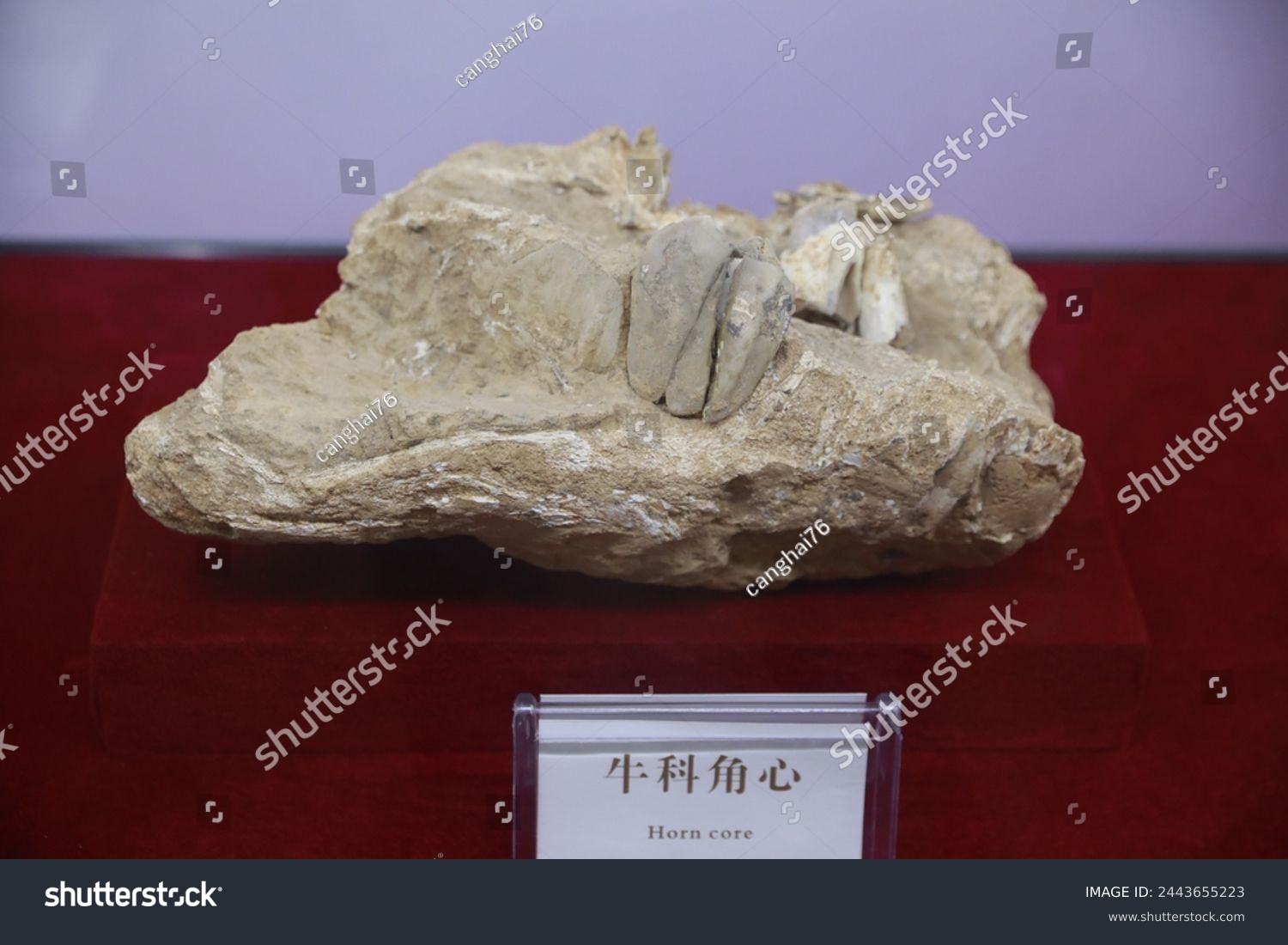
Lantian_Ape_Man_Ruins.
Getting There
Location: The Lantian Ape Man Ruins are situated approximately 70 kilometers (about 43 miles) east of Xi’an, the capital of Shaanxi Province.
Transportation Options:
– By Car: Renting a car is a convenient option if you prefer flexibility. The drive from Xi’an takes about 1.5 hours, following the G108 highway.
– Public Transport: Buses to Lantian County leave regularly from Xi’an’s main bus station. The journey takes around 2 hours. Once in Lantian, local taxis or ride-hailing services can take you to the ruins.
Best Time to Visit
Seasonal Recommendations:
– Spring (April to June): Mild temperatures and blooming flora make this the ideal time for outdoor exploration.
– Autumn (September to November): Enjoy the beautiful fall colors and comfortable weather.
– Summer (July to August): Be prepared for higher temperatures, which can exceed 30°C (86°F). Early mornings or late afternoons are best for visits.
– Winter (December to February): While the site can be less crowded, temperatures can drop significantly. Dress warmly if you choose to visit during this season.

Lantian_Ape_Man_Ruins.
What to Expect
Main Attractions:
– The Ruins: Explore the archaeological site where the Lantian Man skull was discovered, along with tools believed to have been used by this early hominin.
– Exhibits: Visit the nearby Shaanxi History Museum in Xi’an to see the reconstructed skull and other artifacts related to Lantian Man.
– Scenic Surroundings: Lantian County is surrounded by beautiful landscapes, including the Loess Plateau and the Yellow River, providing great opportunities for photography and leisurely walks.
Accommodation
Where to Stay:
– In Xi’an: A wide range of hotels from luxury to budget options can be found in Xi’an, making it a convenient base for your travels. Consider hotels like the Shangri-La or budget-friendly hostels near the city center.
– In Lantian: For a more local experience, choose from several guesthouses and small hotels in Lantian County.
Dining Options
Local Cuisine: Don’t miss the chance to savor traditional Shaanxi dishes, including:
– Biang Biang Noodles: Thick, hand-pulled noodles served with various toppings.
– Yangrou Paomo: A hearty bread and lamb soup that’s a local favorite.
– Shaanxi-style Dumplings: Known for their variety and flavors, these dumplings are a must-try.
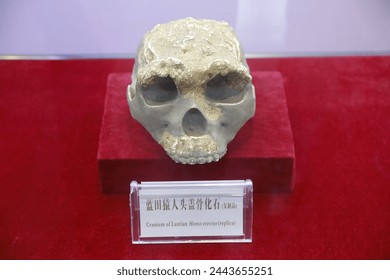
Lantian_Ape_Man_Ruins.
Tips for Your Visit
- Guided Tours: Consider joining a guided tour for deeper insights into the history and significance of the site.
- Photography: Bring your camera to capture the breathtaking landscapes and archaeological wonders. Just be respectful of any signs regarding photography restrictions.
- Cultural Respect: As you explore, remember that this site is of great historical significance. Please follow all posted guidelines and respect the integrity of the ruins.
Conclusion
Visiting the Lantian Ape Man Ruins is not just a journey through time; it’s an opportunity to connect with the very roots of humanity in one of the world’s oldest civilizations. Prepare for a captivating experience filled with history, culture, and stunning natural beauty. Enjoy your adventure!
Tickets: Prices, Booking, and Tips
Visiting the Lantian Ape Man Ruins (蓝田猿人遗址) is a unique opportunity to delve into the ancient history of China, particularly the evolution of early hominins. If you’re planning a trip to this remarkable archaeological site, here’s everything you need to know about tickets, pricing, booking, and tips for a smooth experience.
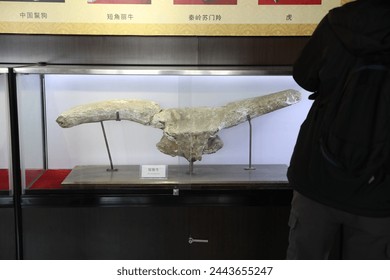
Lantian_Ape_Man_Ruins.
Ticket Prices
- General Admission: Approximately ¥30 (Chinese Yuan) per person.
- Students and Seniors: Reduced rates may apply—check for discounts upon arrival.
- Children under 1.2 meters: Free admission.
Booking Information
- On-Site Purchase: Tickets can be conveniently purchased at the entrance to the site. It’s advisable to arrive early, especially during peak tourist seasons, to avoid long queues.
- Online Booking: Some travel platforms and local tourism websites may offer the option to book tickets in advance. This could save you time and ensure your spot on busier days.
Opening Hours
- Daily: Typically open from 8:00 AM to 6:00 PM. Check for seasonal variations or specific holidays that may affect these hours.
Tips for Visitors
-
Plan Your Visit: Allocate at least 2-3 hours to explore the site thoroughly. The area is rich in historical significance, and you’ll want ample time to absorb the information presented through exhibits and guided tours.
-
Guided Tours: Consider joining a guided tour for deeper insights into the archaeological findings, including the amazing discovery of Lantian Man’s skull. Guided tours can enhance your understanding of the cultural context and significance of the site.
-
Transportation: If you are traveling from nearby cities like Xi’an, consider taking public transport or hiring a car. The site is well-connected, but having a local guide or driver can enhance your experience, especially if you wish to explore surrounding attractions.
-
Photography: Feel free to capture the stunning landscape and exhibits. However, be respectful of any signs indicating restrictions on photography, especially in certain indoor areas.
-
Cultural Etiquette: While exploring, maintain a respectful demeanor, particularly near preserved artifacts. Understanding the cultural importance of these finds will enrich your experience.
Nearby Attractions
After visiting the Lantian Ape Man Ruins, you might want to extend your journey to nearby sites such as the Shaanxi History Museum, where you can see artifacts directly related to the region’s prehistoric past.
With this information at hand, you’re well-prepared to explore one of China’s most fascinating archaeological sites. Enjoy your journey into history at the Lantian Ape Man Ruins!
How to Get There: A Complete Transportation Guide
Navigating Your Way to the Lantian Ape Man Ruins
The Lantian Ape Man Ruins, a significant archaeological site located in Shaanxi Province, offer a fascinating glimpse into human prehistory. Getting there may seem challenging, but with the right transportation options, you can easily explore this captivating destination. Below is a comprehensive guide to help you reach the ruins from various starting points, with an emphasis on convenience and cultural immersion.
Arriving by Air
Xi’an Xianyang International Airport (XIY) is the nearest major airport to Lantian County, located approximately 80 kilometers away. This modern airport offers numerous international and domestic flights.
- International Connections: Direct flights connect Xi’an with major cities worldwide, including Beijing, Shanghai, Tokyo, and Seoul.
- Domestic Flights: There are frequent flights from cities like Guangzhou, Chengdu, and Shenzhen.
From the Airport to Lantian
Once you land at Xi’an Xianyang International Airport, there are several options to reach Lantian:
-
Taxi: The quickest way to get to Lantian is by taking a taxi, which will take about 1.5 to 2 hours, depending on traffic. Confirm the fare before starting your journey; it typically ranges from 200 to 300 RMB.
-
Airport Shuttle: Look for the airport shuttle service that runs to Xi’an city center. From there, you can switch to a local bus or taxi to reach Lantian.
By Train
Xi’an Railway Station is well-connected and serves as the primary train hub in the region. Here’s how to proceed:
-
Train to Lantian: High-speed trains travel from Xi’an to Lantian County. The journey takes about 1 to 1.5 hours. Trains run frequently throughout the day, so you can choose a time that fits your schedule.
-
Tickets: Purchase tickets at the station or online through various travel apps. It’s advisable to book in advance, especially during peak travel seasons.
By Bus
If you prefer a more local experience, consider taking a bus:
-
Direct Buses: Buses to Lantian County leave from Xi’an Long-Distance Bus Station. The journey takes approximately 1.5 to 2 hours, and buses run frequently throughout the day.
-
Cost: A bus ticket will generally cost between 30 to 50 RMB, making it an economical option.
Driving Directions
For those who wish to drive, renting a car can provide flexibility and the opportunity to explore the surrounding areas:
- Rent a Car: Various rental services are available at the airport and in Xi’an.
- Route: The drive from Xi’an to Lantian takes about 1.5 hours. Follow the G108 highway, which connects directly to Lantian County.
Local Transportation
Once you arrive in Lantian, getting to the Ape Man Ruins is straightforward:
- Taxis: Local taxis are available, and you can easily flag one down or use a ride-hailing app to book a car.
- Public Buses: There are local buses that can take you to the entrance of the ruins. Check the local schedules upon arrival for the latest routes and timings.
Tips for Your Journey
- Language: While many signs are in English, learning a few basic Mandarin phrases will enhance your experience and make navigating easier.
- Cash: Have some cash on hand, as smaller vendors and local transportation may not accept credit cards.
- Weather Considerations: Check the weather before your trip. Shaanxi experiences distinct seasons, so pack accordingly.
Conclusion
Visiting the Lantian Ape Man Ruins is not just a journey through space, but also through time, unveiling the ancient history of humanity. Whether you choose to fly, take the train, or drive, reaching this archaeological treasure will be an adventure worth undertaking. Embrace the journey, revel in the rich culture of Shaanxi, and prepare to be amazed by the stories of our ancestors waiting to be discovered at this remarkable site.
Local Cuisine and Accommodation Nearby
Discovering Local Flavors and Comfortable Stays Near the Lantian Ape Man Ruins
Exploring the Lantian Ape Man Ruins is a journey not only through ancient history but also into the heart of Shaanxi Province’s vibrant culture. After immersing yourself in the fascinating world of early hominids, treat your taste buds to the local cuisine and unwind in cozy accommodations that reflect the region’s heritage.
Local Cuisine to Savor
Shaanxi is renowned for its distinctive flavors and culinary traditions. Here are some must-try dishes and local eateries to enhance your experience:
-
Biang Biang Noodles (油泼面): Known for their thick, hand-pulled texture, these noodles are typically served with a spicy chili oil and a medley of vegetables. Try them at Lantian Noodle House, a local favorite that prides itself on authentic preparation.
-
Roujiamo (肉夹馍): Often referred to as the Chinese hamburger, this street food staple consists of tender braised meat sandwiched between crispy flatbread. Zhang’s Roujiamo is highly recommended for its flavorful fillings and generous portions.
-
Dumplings (饺子): Shaanxi is famous for its dumplings, particularly those filled with lamb or seasonal vegetables. Jiaozi Restaurant offers various options, allowing you to savor this traditional dish in an inviting setting.
-
Yangrou Paomo (羊肉泡馍): A hearty lamb soup served with crumbled flatbread, this dish is a winter favorite. The best place to enjoy it is Old Lantian Yangrou Paomo, where the rich broth and tender meat create a comforting meal.
-
Shaanxi-style Spicy Noodles (麻辣面): For those who enjoy a bit of heat, these noodles are tossed in a spicy sauce and topped with fresh ingredients. You can find a satisfying bowl at Spicy Noodle Corner, known for its bold flavors and friendly service.
Comfortable Accommodations Nearby
After a day of exploration and indulging in local dishes, unwind at one of these recommended accommodations:
-
Lantian International Hotel: This modern hotel offers comfortable rooms equipped with all the amenities you need for a restful stay. Its proximity to the Lantian Ape Man Ruins makes it an ideal base for your archaeological adventures.
-
Shaanxi Lantian Hotel: With a charming blend of traditional decor and contemporary comforts, this hotel provides a cozy atmosphere. Guests can enjoy on-site dining featuring local cuisine, ensuring that you don’t have to wander far for flavor.
-
Yuanming Garden Hotel: Nestled in a serene setting, this hotel offers a peaceful retreat with beautiful views. The garden is perfect for a leisurely stroll after a day of sightseeing, and the restaurant serves delectable local dishes.
-
Lantian Express Inn: For travelers on a budget, this inn provides clean and simple accommodations. Its friendly staff are eager to share tips on nearby attractions and dining options, making it a great choice for budget-conscious explorers.
-
Xianyang Airport Hotel: If you’re looking for convenience, this hotel is located near the airport and provides shuttle services. It’s an excellent choice for those who may want to explore both Lantian and the broader Xian area.
Conclusion
The journey to the Lantian Ape Man Ruins is not just a historical exploration but also an opportunity to engage with the rich culinary culture and warm hospitality of Shaanxi Province. Whether you’re enjoying the local delicacies or relaxing in comfortable accommodations, your visit promises to be an unforgettable experience.
Frequently Asked Questions
Frequently Asked Questions about the Lantian Ape Man Ruins
1. What are the Lantian Ape Man Ruins?
The Lantian Ape Man Ruins, located in Lantian County, Shaanxi Province, are the archaeological remains of a prehistoric human ancestor known as Lantian Man. This site is renowned for the discovery of a well-preserved skull fossil dating back approximately 1.15 million years, representing one of the earliest known forms of Homo erectus in northern Asia.
2. How can I get to the Lantian Ape Man Ruins?
The Lantian Ape Man Ruins are easily accessible from Xi’an, the capital of Shaanxi Province. You can take a bus or hire a taxi from Xi’an, which is about 90 kilometers away. The journey typically takes around 1.5 to 2 hours, depending on traffic.
3. What can I expect to see at the site?
Visitors to the ruins can explore the excavation site and view replicas of the Lantian Man skull and tools used by early humans. The area is also rich in natural beauty, surrounded by scenic landscapes that evoke the ancient environment in which these early humans lived.
4. Is there an entrance fee to visit the Lantian Ape Man Ruins?
Yes, there is usually a modest entrance fee. Prices may vary, so it’s advisable to check local listings or inquire at the site about the current rates before your visit.
5. Are there guided tours available?
Yes, guided tours are often available and can enhance your experience by providing in-depth information about the archaeological significance of the site. You can book these tours through local travel agencies or at your hotel in Xi’an.
6. What is the best time to visit the Lantian Ape Man Ruins?
The ideal time to visit is during spring (April to June) and autumn (September to November) when the weather is mild and pleasant. Summer can be hot, while winter may bring cold temperatures, making outdoor exploration less enjoyable.
7. Are there facilities available for visitors?
Yes, the site typically has basic facilities, including restrooms and informational signage. However, it is advisable to bring your own water and snacks, especially if you plan to spend a significant amount of time exploring the area.
8. What other attractions are nearby?
In addition to the Lantian Ape Man Ruins, the region is home to other historical sites, including the Shaanxi History Museum and the Terracotta Army in Xi’an. These attractions offer a broader understanding of Chinese history and culture, making them great additions to your itinerary.
Final Thoughts on Your Trip
As you prepare to conclude your journey through the captivating landscapes and rich history of Lantian, take a moment to reflect on the profound connections you’ve made with the past. The Lantian Ape Man Ruins offer more than just a glimpse into our ancient ancestry; they invite you to contemplate humanity’s evolution and the intricate tapestry of cultures that have thrived in this region for millennia.
Key Takeaways from Your Visit:
-
Historical Significance: The discovery of the Lantian Man skull, dating back over 1.15 million years, stands as a testament to the deep-rooted history of human evolution in northern Asia. This site not only expands our understanding of early hominins but also enriches our knowledge of ancient civilizations along the Yellow River basin.
-
Cultural Exploration: Your journey through Lantian is a journey through time, revealing layers of prehistoric life, from the sophisticated tools of the Lantian Man to the matrilineal societies of the Yangshao culture. Each artifact tells a story, connecting you to the daily lives and struggles of those who came before us.
-
Natural Beauty: Beyond its archaeological significance, Lantian’s scenic landscapes, from rolling hills to tranquil rivers, provide a serene backdrop that complements its historical treasures. Consider taking time to explore the area’s natural beauty, perhaps with a leisurely hike or a peaceful moment of reflection by the river.
-
Local Delights: Don’t miss the chance to savor local cuisine, which is as rich and diverse as its history. Sample traditional dishes that have been enjoyed for generations, adding a culinary layer to your cultural experience.
As you depart from Lantian, carry with you the stories of the past, a newfound appreciation for the resilience of human life, and an understanding of how the threads of history continue to weave through our modern existence. Whether you’re sharing your experiences with friends or simply reflecting on your adventures, know that you’ve walked in the footsteps of those who shaped the very fabric of Chinese heritage.
Travel well, and may your next adventure be as enriching and enlightening as your journey through the ancient world of Lantian!